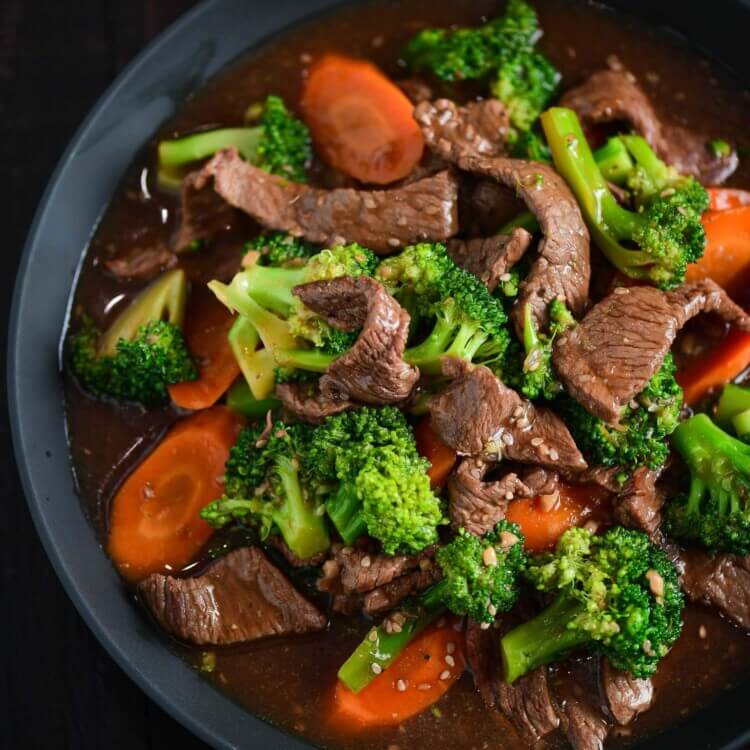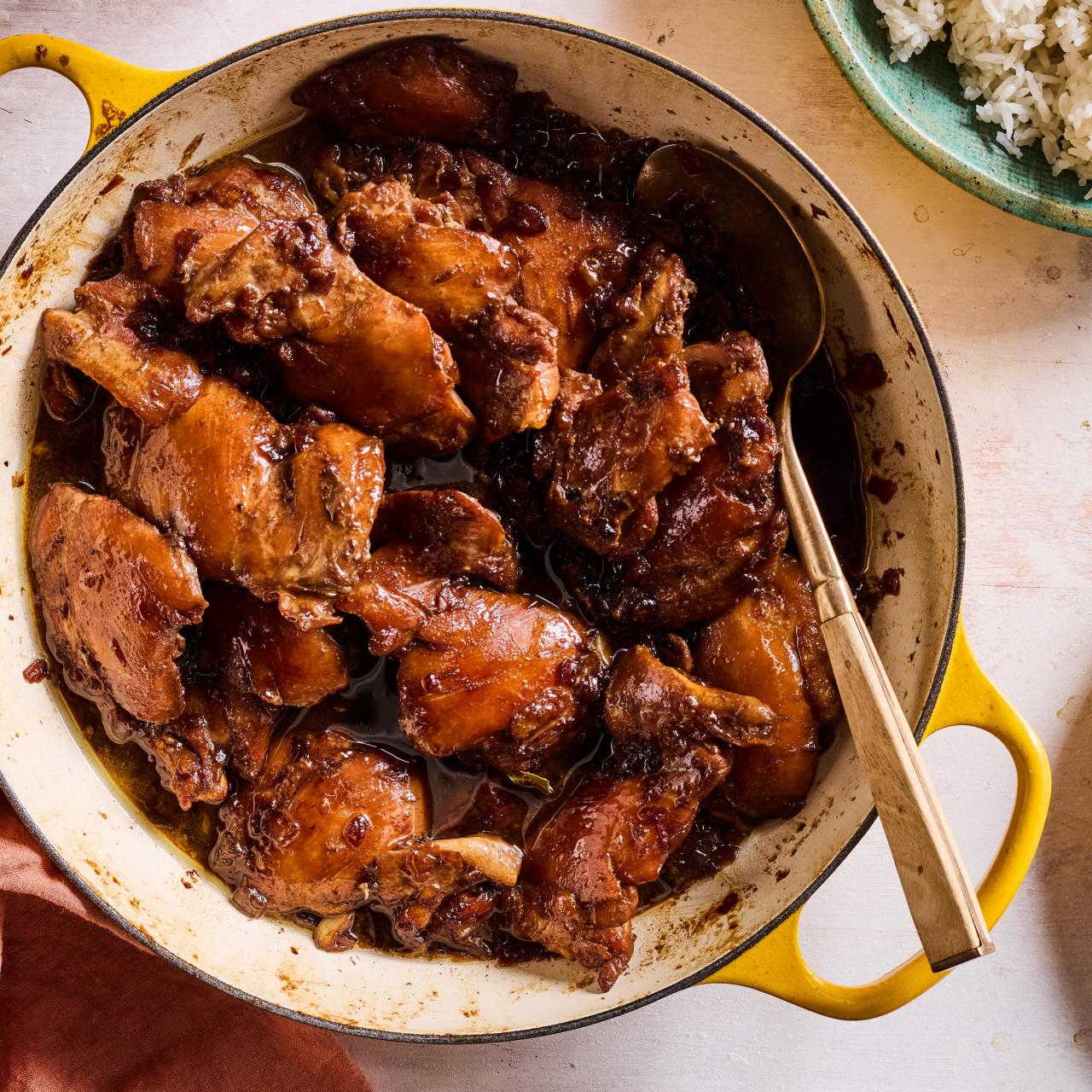Learn the Art of Traditional Filipino Food Recipes.
Wiki Article
Genuine Filipino Food Recipes to Try in the house
Exploring genuine Filipino food recipes offers a chance to value the complex tastes and cultural relevance behind each recipe. From the well-loved Adobo, with its full-flavored marinade, to the tangy Sinigang that embodies the significance of Filipino convenience, these recipes invite a deeper understanding of typical cooking methods. Making use of fresh, neighborhood ingredients is essential, as is accepting common eating-- a hallmark of Filipino society. As we take into consideration the important aspects and methods that define these culinary prizes, one may question what specific recipes can truly capture the heart of this lively cuisine.Popular Filipino Dishes
Filipino cuisine boasts an abundant tapestry of tastes and customs, with over a lots renowned dishes that highlight the nation's varied cultural impacts. Among one of the most popular recipes is Adobo, a full-flavored stew normally made with chicken or pork, seasoned in vinegar, soy sauce, garlic, and seasonings. Its tasty taste account makes it a staple in Filipino homes.
An additional beloved dish is Sinigang, a sour soup usually made with tamarind, tomatoes, and various vegetables. This recipe can include pork, shrimp, or fish, and its revitalizing taste is excellent for cozy climates. For those with a craving for sweets, Leche Flan-- a velvety caramel custard-- acts as a preferred dessert, showcasing the Filipino penchant for rich, sweet tastes.
Kare-Kare, a hearty oxtail stew with a thick peanut sauce, in addition to the famous lumpia, or springtime rolls, better exemplify the range found in Filipino cuisine. Each meal not only provides unique preferences yet additionally informs a tale of regional components and historical impacts, making Filipino food a vibrant reflection of its society and heritage.
Necessary Active Ingredients for Filipino Cooking
The significance of Filipino cooking exists in its important active ingredients, which work as the structure for the nation's precious dishes. A range of tastes and appearances come together, showcasing the varied social impacts that form Filipino cuisine.Trick active ingredients include rice, the staple that goes along with virtually every dish, representing nutrition and area. Soy sauce, vinegar, and fish sauce (patis) are important for flavoring, imparting umami and depth to meals. Fresh herbs like cilantro and basil include fragrant quality, while garlic, onion, and ginger supply a durable flavor base.
Healthy protein sources such as pork, hen, and seafood are central to numerous dishes, usually marinated to enhance preference. Vegetables like eggplant, bitter melon, and eco-friendly beans add necessary nutrients and equilibrium - Filipino food recipes. Coconut milk is another considerable component, providing creaminess and a refined sweet taste to different stews and visit site treats
Last but not least, calamansi, a citrus fruit, offers a revitalizing tang that elevates dishes and beverages alike. With each other, these ingredients create the dynamic and abundant tapestry of tastes that specify Filipino food, making it both comforting and distinctive. Understanding these fundamentals is important for anybody wanting to reproduce genuine Filipino recipes in your home.
Step-by-Step Recipe Overview

Begin by preparing your components. For Adobo, cut the meat into consistent items and marinade it in soy sauce, vinegar, garlic, and bay leaves for a minimum of thirty minutes. Next, warmth oil in a pan and sauté the garlic and onions until aromatic, Discover More then include the seasoned meat, permitting it to brown equally.
For Sinigang, begin by boiling water in a pot and including your choice of meat. When tender, include tamarind paste or fresh tamarind for that signature sour flavor. Follow with vegetables like radish and kangkong, cooking up until simply tender.
:max_bytes(150000):strip_icc()/Ginataang-Gulay-Filipino-Vegetable-Stew-FT-RECIPE1023-4e7dd044042f49549a2c3421a03faf60.jpg)
Tips for Authentic Flavor
Typically, accomplishing genuine taste in Filipino meals depends upon the mindful option and treatment of ingredients. Start with fresh, high-quality fruit and vegetables, as the vibrancy of vegetables and natural herbs substantially boosts the dish's total taste. Staples like garlic, onions, and ginger create the fragrant structure for numerous dishes; using them in correct proportions is important.Choosing the appropriate protein is similarly essential. For example, typical adobo often uses hen or pork, marinaded to take in the marinade's full taste. Additionally, consider sourcing locally created or local ingredients, as they can give authenticity that store-bought options lack.
Cooking methods likewise play an essential duty. Slow-cooking techniques, such as braising or stewing, permit tastes to meld perfectly, while frying can add an enjoyable appearance. Don't forget seasoning; using salt, fish sauce, or soy sauce at the best minutes can raise a meal considerably.
Offering and Appreciating Filipino Food
Cooking experiences are enriched when Filipino food is served with focus to custom and neighborhood. The practice of sharing meals is main to Filipino culture, symbolizing unity and hospitality. When serving Filipino dishes, consider using conventional serveware, such as clay pots or bamboo baskets, which enhance the credibility of the experience.Typically, Filipino meals are enjoyed family-style, with a range of dishes positioned at the center of the table. This common strategy urges interaction and enables visitors to example different tastes. A well-curated spread might consist of staples like adobo, sinigang, and lumpia, enhanced by rice, which is an essential element of every meal.
Accompanying the food with conventional condiments, such as soy sauce, vinegar, or chili paste, can boost the dining experience, welcoming restaurants to customize their plates to their preferences. Additionally, including neighborhood drinks, like calamansi juice or tuba, can boost the overall taste profile.
Final Thought

Report this wiki page